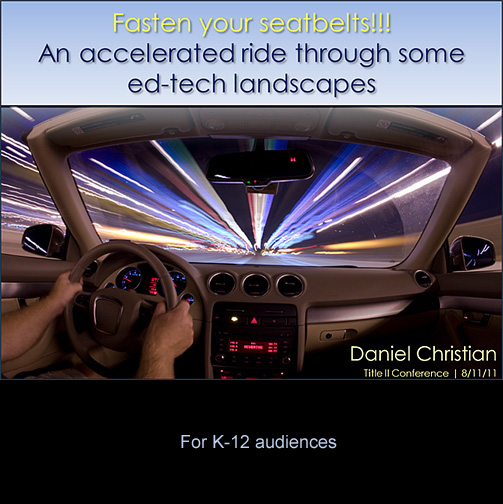Living-room opera lends a new twist to an old art — from smartplanet.com by Shannon Smith
Excerpt (emphasis DSC):
Bruun has managed to fill living rooms like this one a total of ten times since May 2012 with her project called Home Opera. The series features operetta-style performances put on by classically trained, professional musicians in private homes. Anyone can apply to host an evening of Home Opera: The only requirements are high ceilings, a well-tuned piano and room for at least 40 guests (although some evenings have attracted more than 70). Hosts usually sell food and drink during the event.
From DSC:
To the Music/Drama/Theater Departments out there, could there be some room for this in your community?























